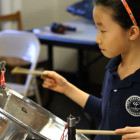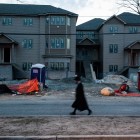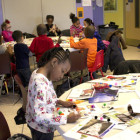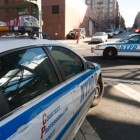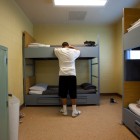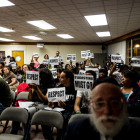
UPDATE: Ramapo Revisited, School Board Election and the Future of a Community
|
Next Tuesday’s election for seats to the East Ramapo Central School District’s board isn’t about politics in the traditional sense, it’s about the divisions between the black and Latino residents who see the public school system as a civic stepladder to a better life, and the Hasidim, a mystical religious sect, that sees it as a threat to its way of life.


